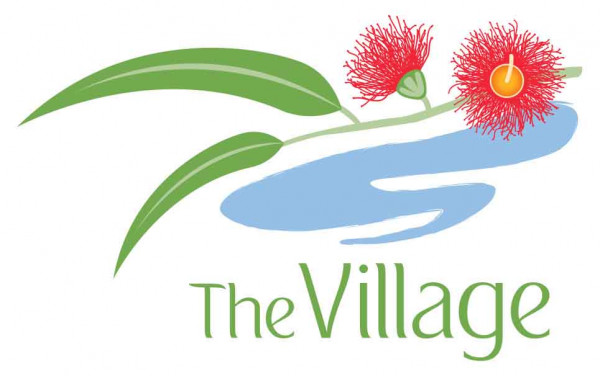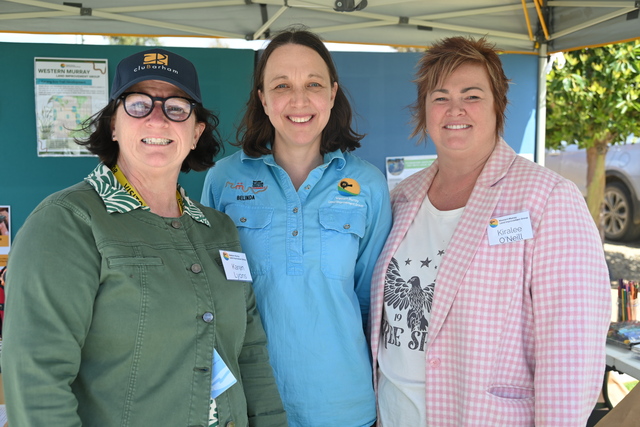
PLANS are progressing for the Cohuna Retirement Village to amalgamate with a larger aged-care provider in the face of rising cost pressures.
Board of management president Christine Morris revealed at the village annual general meeting that the board had signed a memorandum of understanding with “a like-minded, rural, not-for-profit organisation with the goal of amalgamation”.
Ms Morris said a working group had been established and an amalgamation agreement would be negotiated over the next three to six months.
“This should bring substantial benefits to the village such as expansion and refurbishment,” she said.
“Our prospective amalgamation partner can also provide technology, human resources and financial support.”
Ms Morris urged people with questions about the amalgamation to speak to board members.
“As we work through this process the board is very mindful of the need to provide for and protect the community’s interests, residents and staff,” she said.
The search for an amalgamation partner began recently after the board completed its strategic plan, which identified the financial challenges facing the facility.
“We need to improve and grow our services and facilities, keep up with the care needs and expectations of our community and provide secure employment opportunities along with career development,” Ms Morris said.
“We recognise that the village is ageing. The original building is 44 years old and in need of updating to meet both Code 9C [building regulations] and our clients’ expectations in an increasingly competitive market.”
Ms Morris said most other stand-alone facilities of similar size to Cohuna (45 beds) had already formed partnerships or amalgamated to remain viable.
The village reported a profit of $126,000 in 2015-16, down from $473,000 the previous financial year, with revenue down $85,000, donations down $100,000 and expenses up $260,000.
Numerous community groups donated to the village throughout the year, including the Cohuna Masonic Lodge, which contributed $20,000 to replace the chairs in the dining and multi-purpose rooms.
The village had almost 100 per cent occupancy throughout the year, with a waiting list for places.







